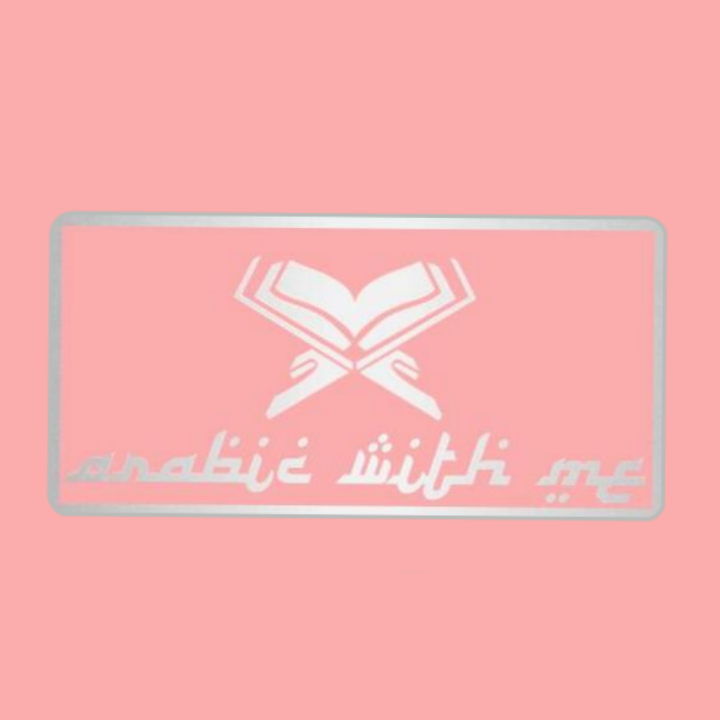Lesson 7 - Introduction to The Verb | الفعل
- Arabic With Me

- Jan 12, 2023
- 3 min read
INTRODUCTION TO THE VERB
What is a verb?
A verb is basically a word that shows the action.
If you remember we talked about two types of sentences in the Arabic language, one being the nominal sentence which begins with an ISM, and the second one, being the verbal sentence, which begins with a verb.
Verb tenses in Arabic, when compared to other languages, are fairly straightforward. Basically, you only need to be concerned with two proper verb forms: the past and the present. A future verb tense exists, but it’s a derivative of the present tense that you achieve by attaching a prefix to the present tense of the verb.
The verb has certain signs through which we can identify it and distinguish it from the noun. To illustrate, verbs DO NOT have the signs of nouns which we talked about in the previous lessons – e.g.:
The tanwīn (-an, - in, - un),
The prefix ال (Al)
The Genitive Case (when preceded by a preposition)
The affix ة
Whenever we have a verb in the Arabic language, then we must know that there is always a doer of the action present too. The doer of the action in the Arabic language is called faa’il فَاعِلُ and this doer of the action can either be absent ( hidden ) or present ( mentioned ).
One example is if we say:
He was there.
He is the doer of the action, but unknown.
But if we say:
Muhammad is very polite. He was there.
Then we know that the doer is Muhammad, who is mentioned by name, and that HE did an action which is ‘being present’
In Madinah Book 1, there will not be much focus on the verb, it is more focusing on the noun, but this small introduction will help, as few verbs are mentioned in the book, so it is good to know how to distinguish them and recognize them.
Something amazing about the Arabic language is that with few words you can say many things you would normally say in English.
As for the doer of the action, in this case HE ( refering to ‘Abbas )(look at picture above), then know, that it is hidden مستتر mustatirun. It is hidden in the form of ضمير مستتر Dameerun mustatirun ( a hidden pronoun ).
As for the 2 verbs mentioned in the picture above: dhahaba ذهب and kharaja خرج , both verbs are in the past tense and 3rd person singular masculine.
We will see in sha’a Allah later on, that for the simplicity of use, when someone mentions to you any verb, it will always be in 3rd person singular masculine, mentioning the past tense first.
And why is that?
As mentioned in one of the beginning lessons, words in the Arabic language have a root.
Arabic verbs (فِعْل fiʿl; pl. أَفْعَال afʿāl) are based on a set of two, three, four and also five (but mainly three) consonants called a root (triliteral or quadriliteral according to the number of consonants). The root coveys the basic meaning of the verb, e.g. كتب k-t-b ‘write’, قرء q-r-ʾa ‘read’, أكل aʾ-k-l ‘eat’. Changes to the vowels in between the consonants, along with prefixes or suffixes, specify grammatical functions such as person, gender, number, tense, mood, and voice.
As for the verb in past tense it clearly shows how many letters the verb consists of. Regarding the root of the verbs, most verbs in the Arabic language have a three letter root.
In order to make it easy for the students, there is a certain root pattern used to discover the root of the verbs.
This verb pattern uses 3 letters which are : ف ع ل faa ‘ayn laam.
To make it easier to understand, look at the following picture:








Comments